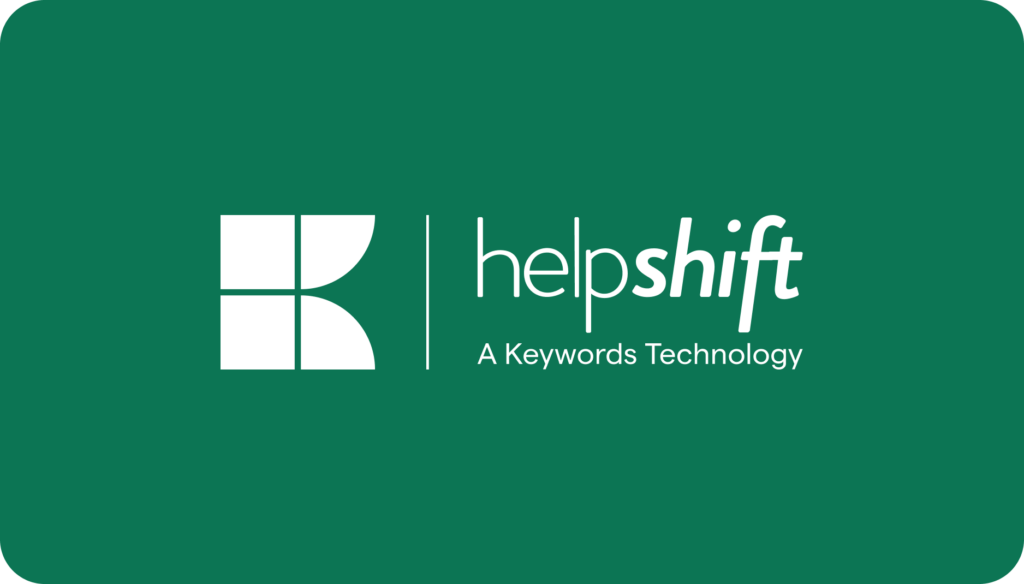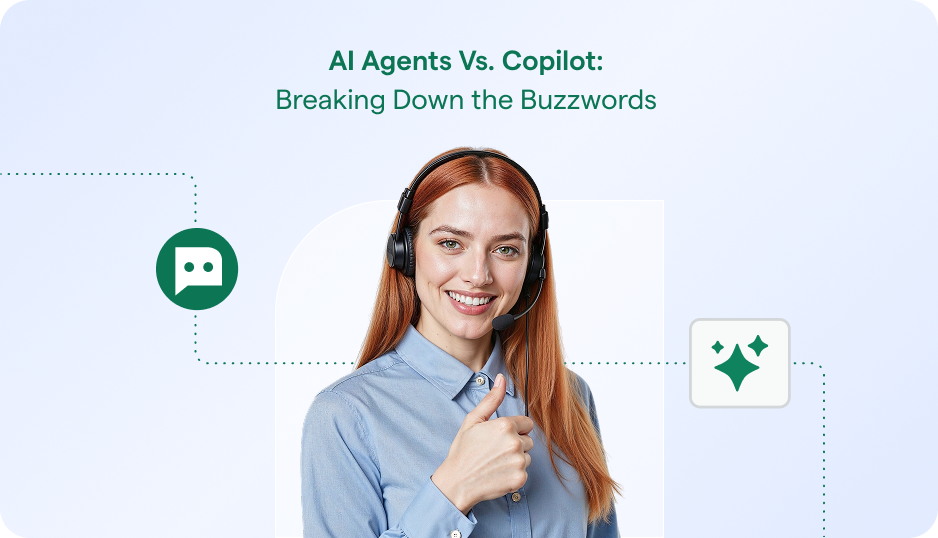What is a Chatbot?
A chatbot is a computer software program, typically driven by artificial intelligence (AI), which allows a customer to communicate with a company or brand in a text format that simulates instant messaging between humans. You will typically find a chatbot on company websites as well as in mobile applications and social media messaging apps. Chatbot technology has advanced considerably in recent years thanks to improved AI and machine-learning capabilities, and today’s chatbots are a critical component to companies’ customer-service operations.
How Do Chatbots Work?
At its essence, a chatbot is designed to respond to a user request and, as such, are often used to provide a form of online chat support – and it does this in two main steps.
First, the user request is analyzed. Arguably the most important and relevant step, this part of the process is where the key information of the request is highlighted and the user’s true intent is deciphered. The second step is the response, where an answer or direction is given to the user’s initial request.
While always aiming to interact in a conversational and friendly way, the responses a chatbot gives are often rule-based. Rule-based chatbots, also known as declarative chatbots, are usually made for a single defined purpose. Using machine learning, an algorithm which allows them to learn from past interactions, these chatbots are trained to process information and form responses based on the unique information they are given. Through this process, chatbots are also trained to give responses that align with a brand’s preferred tone of voice and match a target audience or customer-base.
Using a system of pattern matching, natural language processing (NLP), tokenization and keyword identification, these bots have the ability to analyze a request and pull relevant information from a knowledge base to form an answer. This enables them to provide fast and effective support when faced with common queries. For instance, if a customer asks about an address, the chatbot can pick out the keyword ‘address’ or ‘location’ and direct the customer to an FAQ or resource hub that contains the right information. This process may come with some limitations, however, which is why chatbots often work best in conjunction with human agents.
If a request is more complex or requires a more detailed and specific answer, chatbots can escalate to a human agent to resolve the issue.
Why Chatbots Matter in Customer Service
Chatbots have been around for a while, but as advances in AI have sped up in recent years, they’ve become much more sophisticated and versatile, particularly for use in customer service.
When it comes to receiving online support, customers want fast answers and don’t want to be stuck waiting in a line for an extended period of time. In a digital-first age, customer support is expected to be accessible at any time of the day – but this is challenging when your human customer service agents can’t be online 24/7.

Chatbots aren’t designed to “fool” customers into thinking they’re talking to a human. They’re typically deployed in a transparent way that makes it clear to the customer they’re talking to a bot, but also creates a natural rhythm of conversation to lead the customer through a streamlined channel of information efficiently. For basic customer inquiries, chatbots can provide answers and information much quicker than a human representative in a phone queue or an email exchange.
Chatbots are also utterly scalable. Unlike phone and email queues, they’re not dependent on a human customer service rep’s availability, so there’s no cap to the number of queries that can be answered simultaneously. When a highly anticipated retail item is released or a major sale occurs and customer service inquiries spike, there’s no discernable difference to customers in terms of how quickly they get answers from a chatbot. This is crucial, in a market where customers expect two opposing things at once: highly personalized service and instant service.
Although there are obvious limitations to the conversational skill of chatbots, under certain conditions, they surpass live human agents in a few crucial ways. They’re not distractible, which means they don’t get emotionally overwhelmed or adversely affected by stress. They therefore respond consistently and in an even, polite and straightforward manner regardless of the nature of the conversation.
The Role of AI and Chatbots
Artificial intelligence has come to play a big part in the development of chatbot technology, and its role is only getting bigger. With its ability to automate repetitive tasks, it creates more efficient processes and faster responses. But more than this, AI is helping chatbots to become more intelligent and more human.
To process requests and formulate accurate responses, AI chatbots utilize natural language processing (NLP), natural language understanding (NLU) and machine learning. Natural language processing identifies the relevant parts of a query, using features such as name entity recognition to breakdown sentences and pick out things like place names or addresses. NLU is a subtopic of natural language processing and is a function that enables a bot to truly understand the content and context of a request. Machine learning algorithms provide an extra layer of sophistication, helping chatbots to learn from past queries and data.
Acting together, this AI power enables much more complex queries to be understood and an intelligent response given through an interaction that’s fast and informative, but still engaging and human-like. With artificial intelligence, chatbots are learning beyond basic interactions and starting to understand the structure of human language to provide a more conversational tone.
With smarter, AI-driven interactions, the right information can be found and queries resolved more quickly. Not only this, but AI is allowing chatbots to learn from interactions to improve responses and create personalized experiences for users. All of this means that AI chatbots can have a big impact on the customer experience, automating repetitive tasks and problem solving in order to free up agents’ time to focus on more complicated interactions.
The 5 Main Benefits of Using a Chatbot
- No wait time. Customers don’t have to wait on hold to speak to a customer service rep, so there’s less of a frustration factor.
- Minimized agent transfers. Rules driven chatbots classify issues correctly the first time and automatically route them to the correct agent.
- Quicker issue resolution. Even when a conversation is passed along to a live agent, the chatbot has captured all relevant information in advance so the agent can solve the problem or answer questions more rapidly.
- Improved self-service. Chatbots direct customers to resources so they can help themselves.
- Cost optimization. Chatbots enable reduced manpower, automation of end-to-end customer service processes. and the ability to scale infinitely.

Supporting Customer Service Chatbots with Helpshift
Chatbots can typically answer a high percentage of basic customer service questions. But there will always be questions that chatbots aren’t equipped to answer, which is why chatbotswork best in conjunction with live agents. A smart chatbot knows when to connect the customer to an agent, and with Helpshift, the transition is seamless within a messaging interface. The customer does not have to be “transferred” to another line or asked to make a format switch in order to transition to talking to a live human.
In the customer journey, most interactions facilitated by Helpshift begin with a human-chatbot conversation. The chatbot collects basic information much faster than a human could, and can make instant decisions based on this information. For example, a customer could access shipping information via chatbot without providing a tracking number. By querying for a few basic clues (name, product purchased, date purchased), the chatbot can locate the record and supply the missing data.
Helpshift chatbots are most often used in automating:
- Information collection
- Guided issue filing
- Self-service suggestions
- Customer satisfaction score (CSAT) collection
What is the Future of Chatbots?
New technology is emerging everyday, particularly in the field of AI. Given artificial intelligence’s growing importance for chatbots, the future presents an opportunity to use this new technology to enhance human capabilities in business. Rather than replace humans, the future will see AI-powered chatbots become a crucial tool to be used by, and alongside, teams to create better experiences for users. Helpshift is already facilitating more efficient workflows in this way by using bots to collect and process query information before transferring over to a live agent when necessary – and the future looks set to see this continue on a larger scale.
With further progress in the fields of NLP and machine learning, chatbots of the future will be even faster, even smarter and even more human. With these developments, and an increased need for fast and convenient service, chatbot use is set to increase in the coming years. AI will continue to progress, allowing chatbots to understand more complicated requests and provide more detailed answers. Chatbots are already playing a bigger role in key business processes, and it’s likely this will continue as they keep helping organizations to grow and scale in a cost-effective way.
Want to Learn More?
Take a look at the following resources to find out more about chatbots and their potential to enhance your customer service.
- Downloadable guide: The Beginner’s Guide to Customer Service Chatbots and AI
- Product page: Customer Service Bots Made Easy
- Blog post: The Top 5 Benefits of Chatbots in Customer Service



